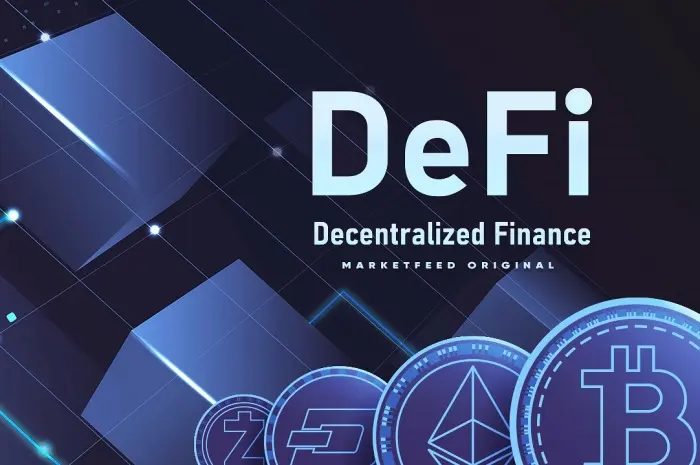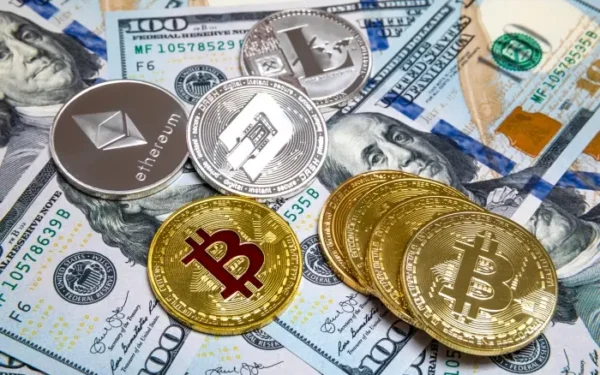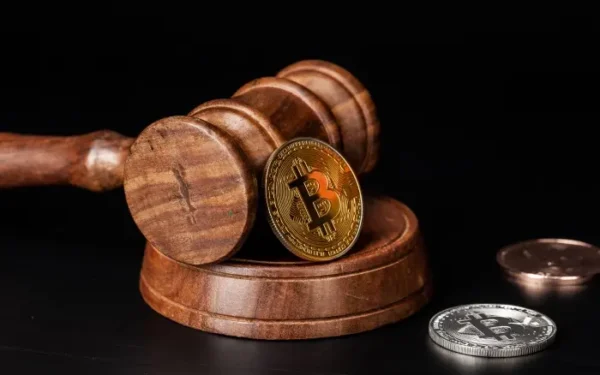The Rise of DeFi: How Decentralized Finance is Shaping the Crypto Landscape

Decentralized Finance (DeFi) has emerged as one of the most significant developments in the cryptocurrency landscape, revolutionizing traditional financial systems.
By leveraging blockchain technology and smart contracts, DeFi aims to provide open, accessible, and permissionless financial services to individuals worldwide.
This article explores the rise of DeFi, its core principles, the benefits it offers, and its impact on the broader crypto landscape.
Section 1: Understanding DeFi
DeFi refers to a suite of financial applications and protocols built on decentralized blockchain platforms, primarily Ethereum.
This section provides an overview of the core principles of DeFi, including the elimination of intermediaries, transparency, automation through smart contracts, and composability, allowing different protocols to interact seamlessly.
Section 2: Key Components of DeFi
To comprehend the functioning of DeFi, it is essential to explore its key components. This section covers the following elements:
- Decentralized Exchanges (DEXs): DEXs enable peer-to-peer trading of digital assets, eliminating the need for intermediaries and custody of funds by users.
- Lending and Borrowing Platforms: DeFi platforms offer lending and borrowing services, allowing individuals to lend their assets and earn interest or borrow assets by providing collateral.
- Stablecoins: Stablecoins, pegged to a fiat currency or algorithmically stabilized, provide stability within the volatile crypto market, facilitating seamless transactions and reducing reliance on traditional currencies.
- Yield Farming and Liquidity Mining: These innovative concepts incentivize users to provide liquidity to decentralized platforms by offering rewards in the form of additional tokens.
Section 3: Benefits of DeFi
DeFi offers numerous advantages over traditional financial systems. This section explores the benefits, including financial inclusivity, global accessibility, reduced costs, increased transparency, and the ability to retain control over one’s assets.
It also highlights the potential for earning passive income through decentralized lending and liquidity provision.
Section 4: Challenges and Risks
While DeFi brings immense potential, it is not without challenges and risks. This section discusses issues such as smart contract vulnerabilities, security breaches, regulatory uncertainties, scalability concerns, and the risks associated with overexposure to certain protocols.
It emphasizes the importance of conducting thorough due diligence and risk management when engaging with DeFi platforms.
Section 5: Impact on the Crypto Landscape
The rise of DeFi has had a profound impact on the broader crypto landscape. This section examines how DeFi has increased the adoption of cryptocurrencies, expanded the utility of blockchain technology, and challenged traditional financial intermediaries.
It also explores the potential for cross-chain interoperability and collaboration between DeFi protocols.
Section 6: Future Trends and Developments
The future of DeFi holds significant promise for further innovation and growth. This section highlights emerging trends, including the integration of decentralized identity solutions, the development of layer-2 scaling solutions, the rise of decentralized insurance, and the exploration of new financial derivatives in the DeFi ecosystem. It also discusses the potential impact of regulatory frameworks on the DeFi space.
Conclusion
DeFi has ushered in a new era of financial possibilities, providing individuals with unprecedented control, accessibility, and opportunities within the crypto landscape.
As DeFi continues to evolve, it has the potential to reshape traditional financial systems, foster financial inclusion, and empower individuals worldwide.
However, it is crucial for participants to navigate the DeFi space with caution, conducting thorough research, understanding the risks involved, and staying updated with the latest developments to make informed decisions in this dynamic and transformative sector.


